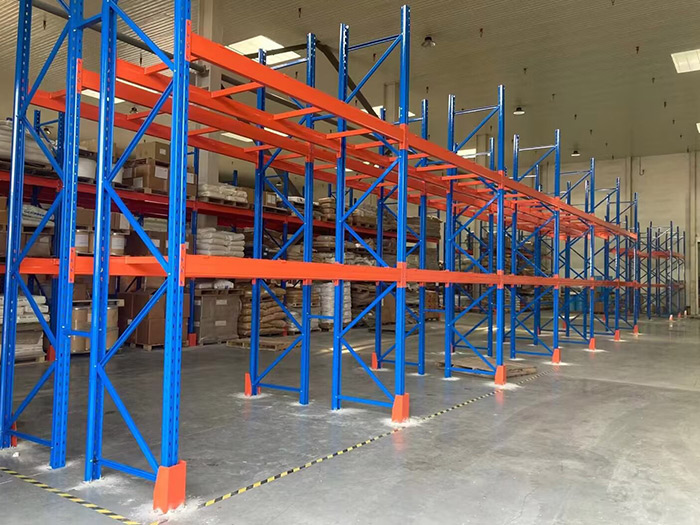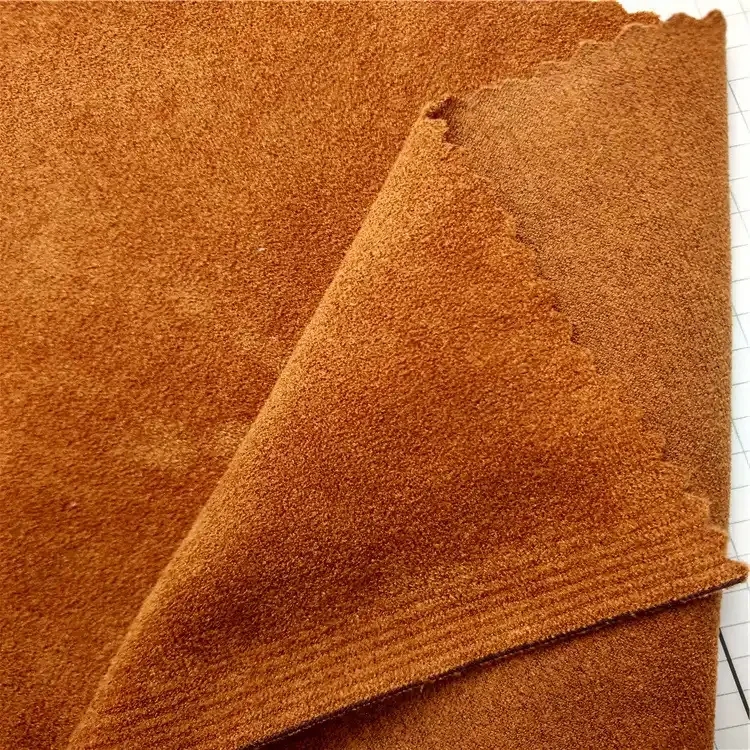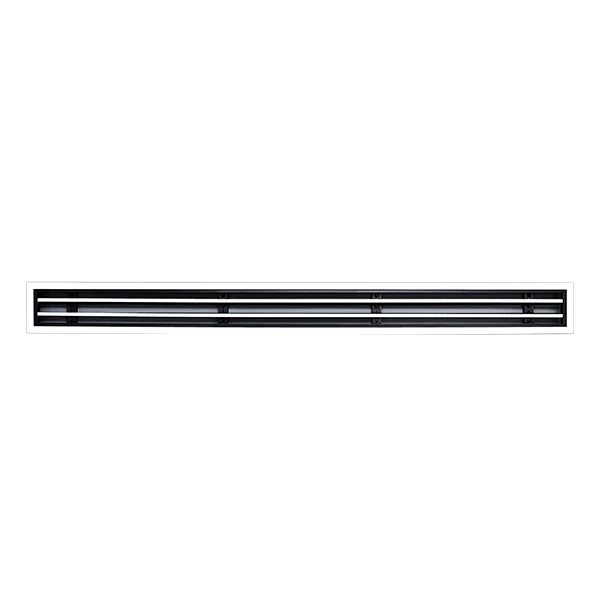In the realm of physical education (PE), the choice of attire plays a pivotal role in both performance and comfort. Among the various options available, the terms shirts and skins often arise, leading to a common question: What are PE shirts vs. skins? This article delves into the nuances of these two types of attire, exploring their implications for physical education, athletic performance, and student engagement.
The Basics: Defining PE Shirts and Skins
PE Shirts: Typically, PE shirts refer to standard athletic wear, often made from breathable, moisture-wicking fabrics. These shirts are designed to provide comfort and flexibility, allowing students to engage in various physical activities without restriction. They often come in a variety of styles, colors, and sizes, catering to the diverse needs of students. PE shirts may feature school logos or team insignias, fostering a sense of unity and school spirit.
Skins: On the other hand, skins refer to form-fitting garments, often made from elastic materials that hug the body closely. These are designed to enhance performance by reducing drag and improving aerodynamics. Skins are commonly used in sports such as swimming, cycling, and running, where streamlined movement is crucial. In the context of PE, skins may be utilized for specific activities that require a greater range of motion or where performance is closely monitored.
The Purpose and Benefits of Each Attire
- Comfort and Mobility
One of the primary considerations in selecting PE attire is comfort. PE shirts provide a loose fit that allows for unrestricted movement, making them ideal for a variety of activities, from team sports to individual exercises. The breathable fabric helps regulate body temperature, ensuring students remain comfortable during intense physical exertion.
Conversely, skins offer a snug fit that can enhance proprioception—the awareness of body position and movement. This can be particularly beneficial in activities requiring precision, such as gymnastics or martial arts. However, the tightness of skins may not be suitable for all students, as personal comfort levels vary significantly.
- Performance Enhancement
When it comes to performance, the choice between shirts and skins can significantly impact athletic outcomes. PE shirts are versatile and suitable for a wide range of activities, promoting overall fitness and engagement. They are particularly effective in team sports, where visibility and identification are crucial.
Skins, however, are engineered for performance. Their design minimizes air resistance and can improve blood circulation, potentially enhancing endurance and recovery. Athletes often report feeling more agile and responsive when wearing skins, which can translate into better performance metrics during competitive activities.
- Psychological Factors
The psychological aspect of attire in physical education cannot be overlooked. Wearing a PE shirt can foster a sense of belonging and team spirit among students. This camaraderie can enhance motivation and participation, leading to a more positive experience in physical education classes.
In contrast, skins may evoke a different psychological response. While some students may feel empowered and confident in their performance gear, others may experience discomfort or self-consciousness due to the revealing nature of the attire. Educators must be mindful of these dynamics and consider the diverse perspectives of their students when implementing dress codes for PE.
Practical Considerations for Educators
When deciding between PE shirts and skins, educators should consider several factors:
- Activity Type: The nature of the physical activity should dictate the choice of attire. For team sports, PE shirts are often more appropriate, while skins may be better suited for activities focused on individual performance.
- Student Comfort: Understanding the comfort levels of students is crucial. Providing options for both shirts and skins can accommodate varying preferences and promote inclusivity.
- School Policies: Adhering to school dress codes and policies is essential. Educators should ensure that the chosen attire aligns with institutional guidelines while promoting a positive and respectful environment.
Conclusion: Making the Right Choice
In conclusion, the distinction between PE shirts and skins is not merely a matter of style; it encompasses comfort, performance, and psychological factors that can significantly influence students' experiences in physical education. By understanding the unique benefits and limitations of each type of attire, educators can make informed decisions that enhance student engagement and performance. Ultimately, the goal is to create an inclusive and supportive environment where all students feel empowered to participate and excel in physical education activities.
As the landscape of physical education continues to evolve, so too will the choices available for attire. By staying informed and adaptable, educators can ensure that their students are not only well-equipped but also motivated to embrace the joys of physical activity.




